Interpreting the Spirit of SJTU through Art, Presenting the History and Future of the Campus
Recently, the Shanghai Jiao Tong University Cultural Corridor, located at the Zizhu High-tech Park Station on Shanghai Metro Line 15, was unveiled. This cultural corridor was planned and designed by teachers and students from the School of Design at Shanghai Jiao Tong University.
The 143-meter-long public art wall painting "Campus" captures the essence of the Minhang Campus, depicting its scenic beauty and the graceful demeanor of its students.
The wave-shaped art installation "Running River" showcases the history of Shanghai Jiao Tong University through an innovative art form.
This corridor, replete with elements emblematic of SJTU, has awakened the unique memories of every SJTUer, and has become the newest iconic landmark channeling SJTU’s campus culture.
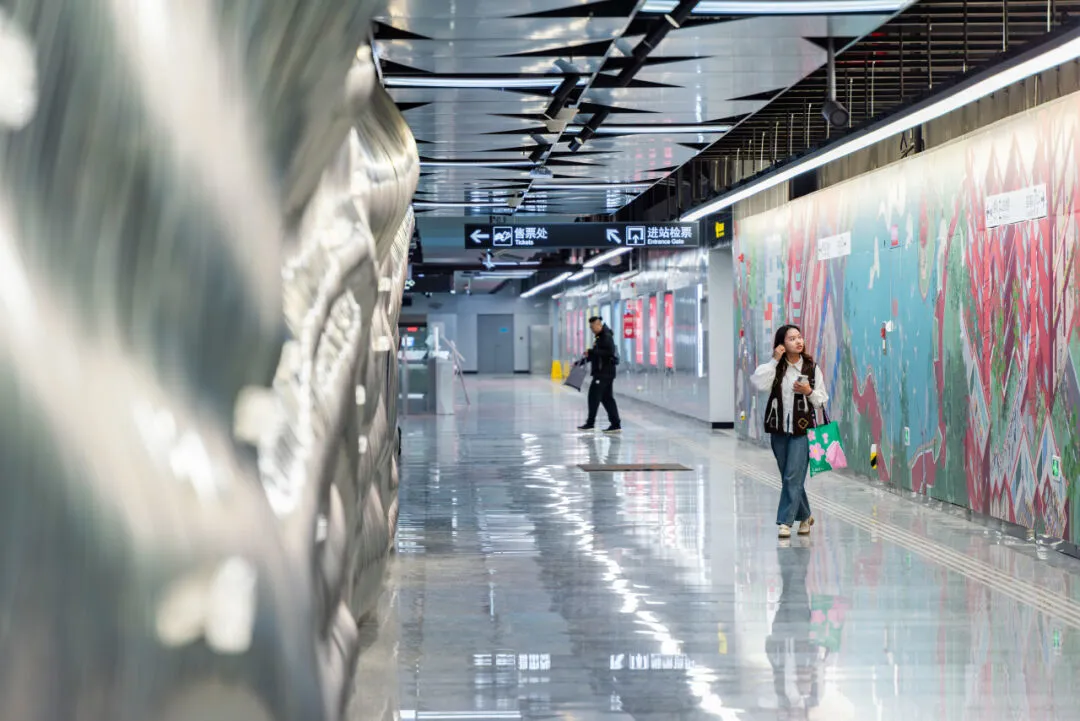
Relief “Running River”
Design team: Ting Han, Yuemin Zu, Yufeng Lu | School of Design, SJTU
Art Director: Fanqiang Kong | School of Design, SJTU
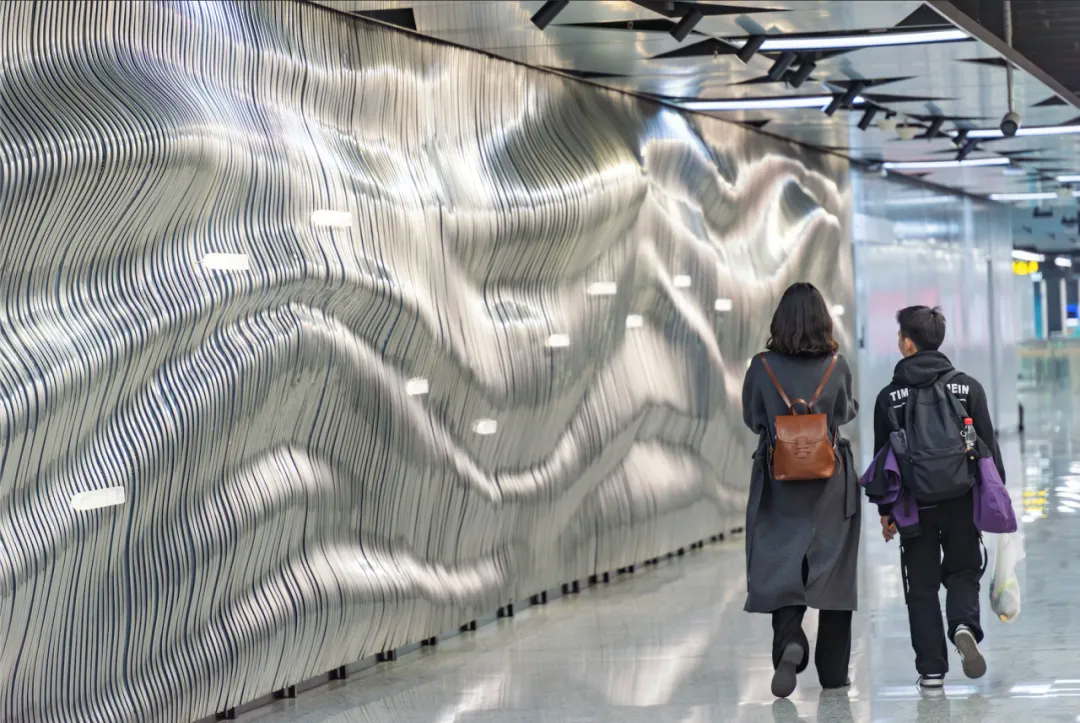
The relief sculpture "Running River" is imbued with the dual design concepts of 1) "when drinking water think of the source,the sea refuses no river,” and 2) Think of the ultimate source, persevere and forge ahead.”.
The former shapes the formal language of this design with its motif of "rippling water." This not only symbolizes the fluidity and transmission of knowledge, but also represents the inclusivity and progress of SJTU, and the city of Shanghai, amidst changing times.
The latter expresses a temporal dimension, represented by passage of a subway, dividing the corridor into past, present, and future, and ultimately leading to the SJTU campus. The relief comprehensively showcases the past and present of SJTU, along with its firm belief in, and aspirations for, the future.
A small boat symbolizes the choice of SJTU students’ to head towards the sea and to continue to move forward. The boat's body is engraved with the history and changes of SJTU. The historical school song and a precious piece of Chinese literature is recited by Principal Wenzhi Tang, and transmitted by both sight and sound via a combination of technology and culture.

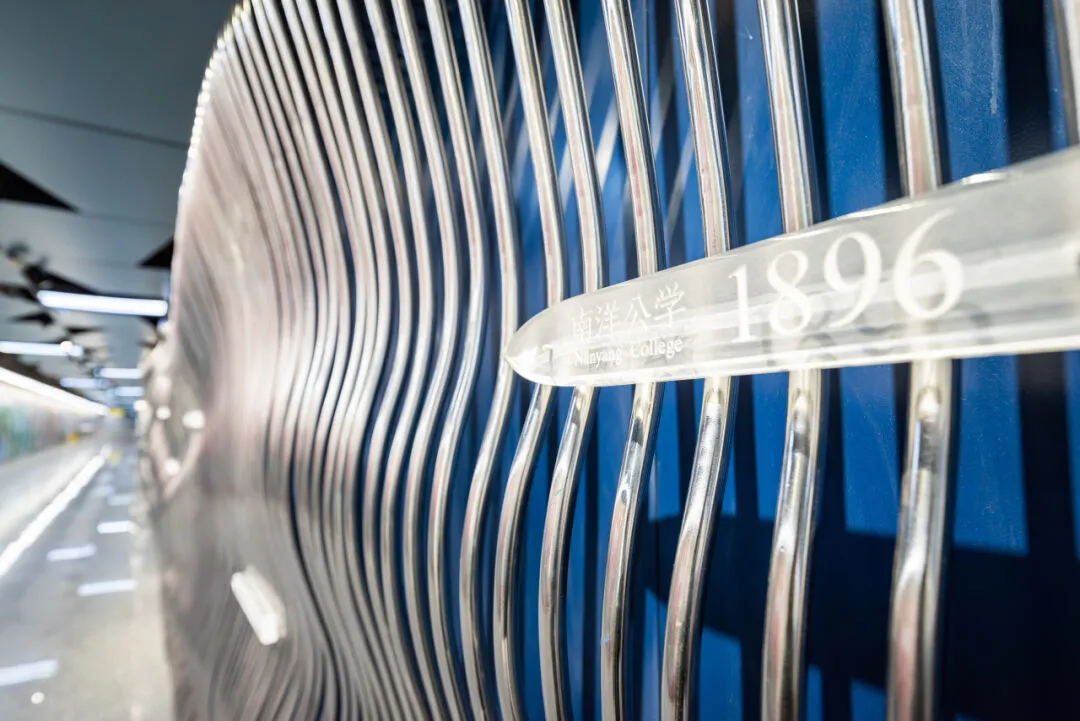
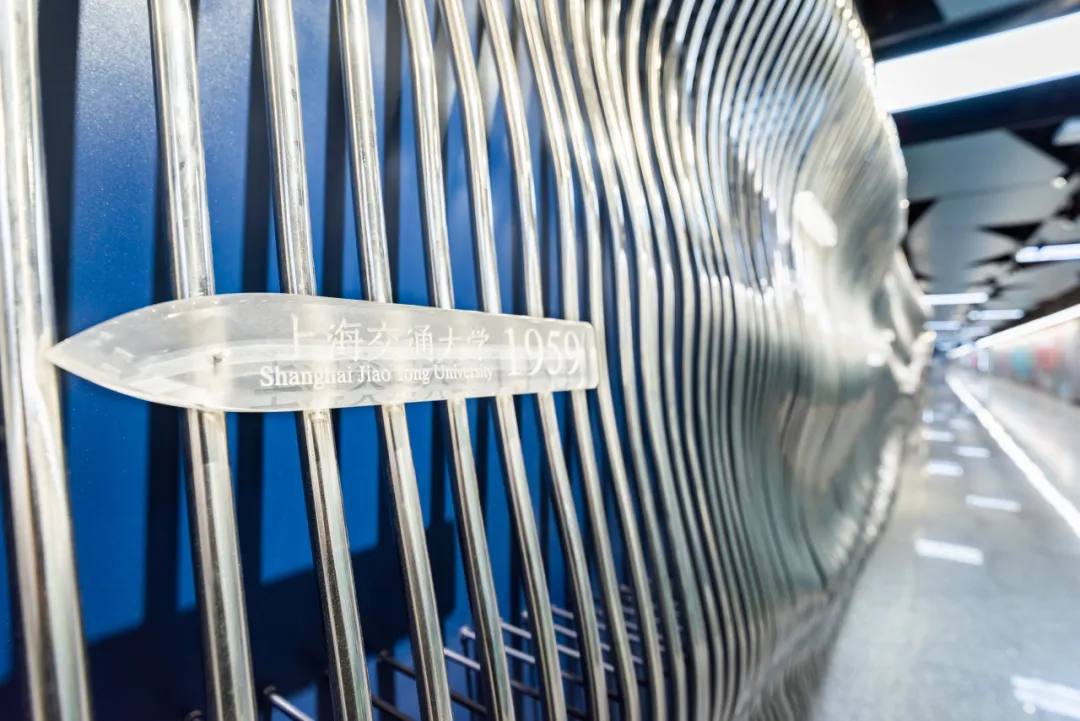
Mural “Campus”
Artist: Fanqiang Kong | School of Design, SJTU
Painting team:
Yiqun Zhuo, Jiafeng Xu, Wenyan Xie, Danxu Wang, Yanchao Huang, Sheng Zhou, Shuyan Dai, Xinyao Ye | Department of Design, School of Design, SJTU
Xiaokai Liu, Fan Zhang | Department of Architecture, School of Design, SJTU

The mural "Campus" displays the look of campus, and the demeanor of students at Shanghai Jiao Tong University's Minhang Campus, in the form of a 143-meter-long scroll. Over the course of more than 30 years, the Minhang Campus has been transformed into a modern university campus with comprehensive facilities and a stunning environment. It was rated as one of the first batch of "National Civilized Campuses" and is known as one of the most beautiful universities in the country. Every SJTU graduate can relive their memories and admire the present scenery by "walking" through this scroll.
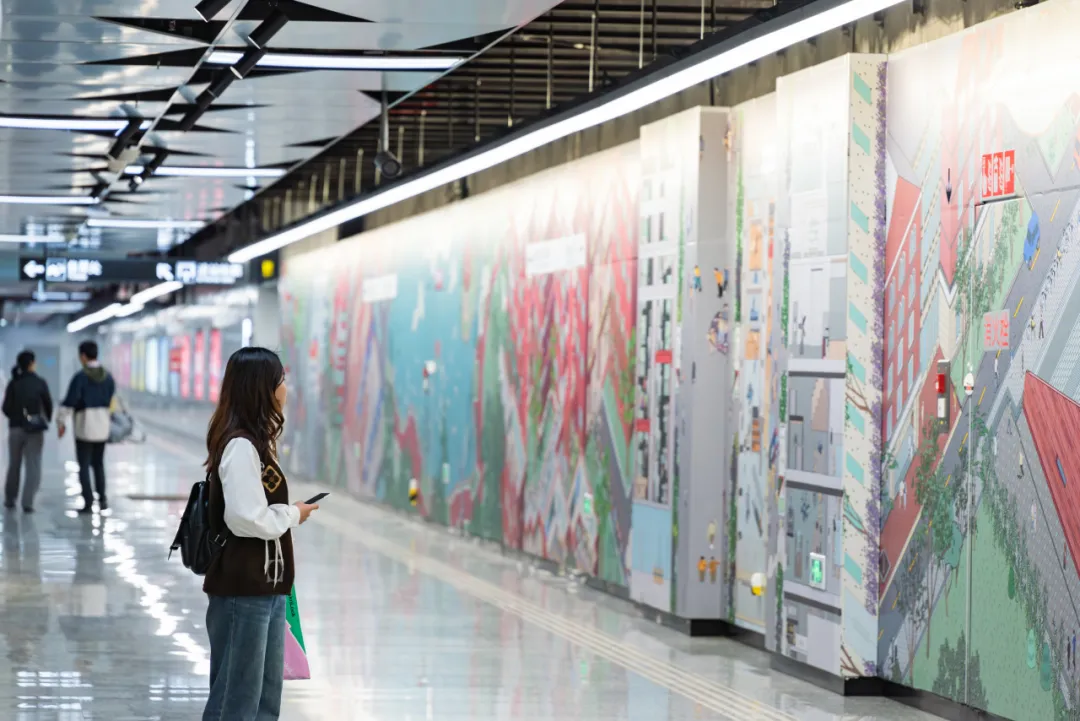
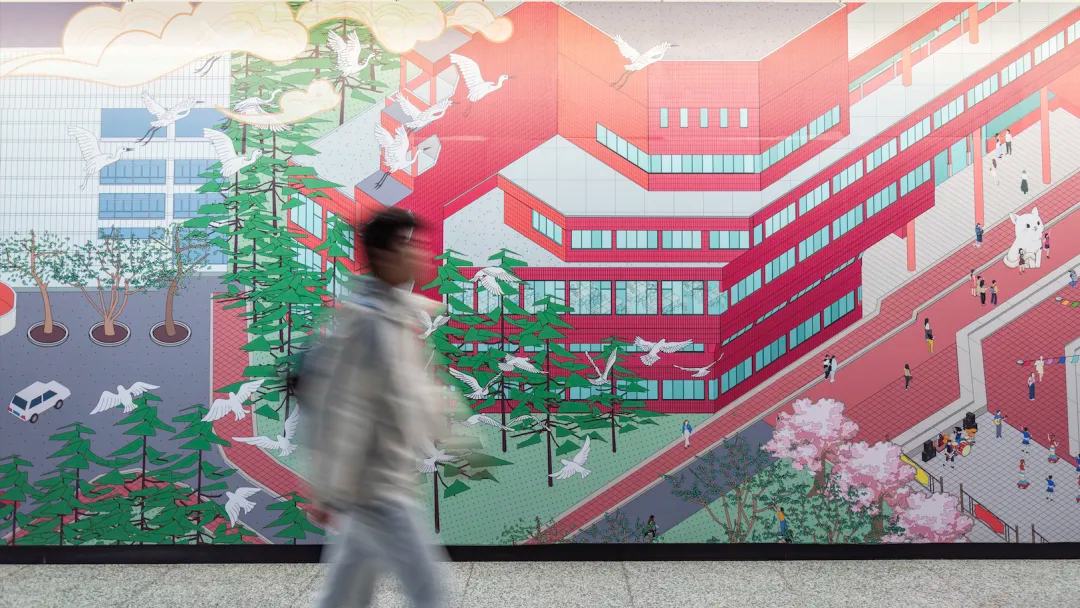

“Sculpting Campus”
——Public Art of Shanghai Jiao Tong University APP
Planning and Design: Team of Fanqiang Kong | School of Design, SJTU
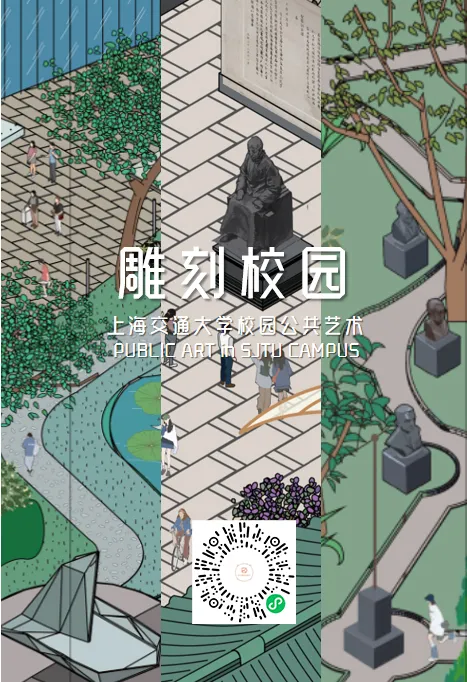
The mini program "Sculpting Campus - Public Art of SJTU APP" includes an introduction, along with maps, to navigate public art on campus. It provides an interactive medium for the public to experience campus culture. It aims to display sculptures, murals, landscape sketches and other artistic forms from public space on campus, showing their existential significance and social value.
People can scan the names of public facilities and buildings in the Mural "Campus" via the mini program, which can be linked to the official accounts of relevant institutions. The Relief "Running River" features a QR code containing moving melodies. With a simple scan, the sculpture transforms from a static art form into audible public art, emitting a different kind of vitality and energy.
This interactive presentation of information and music on mobile phones allows art to be more than just a visual exhibition, but rather a form of accessible and immersive cultural experience.
Editor on Duty: Yan Cheng

